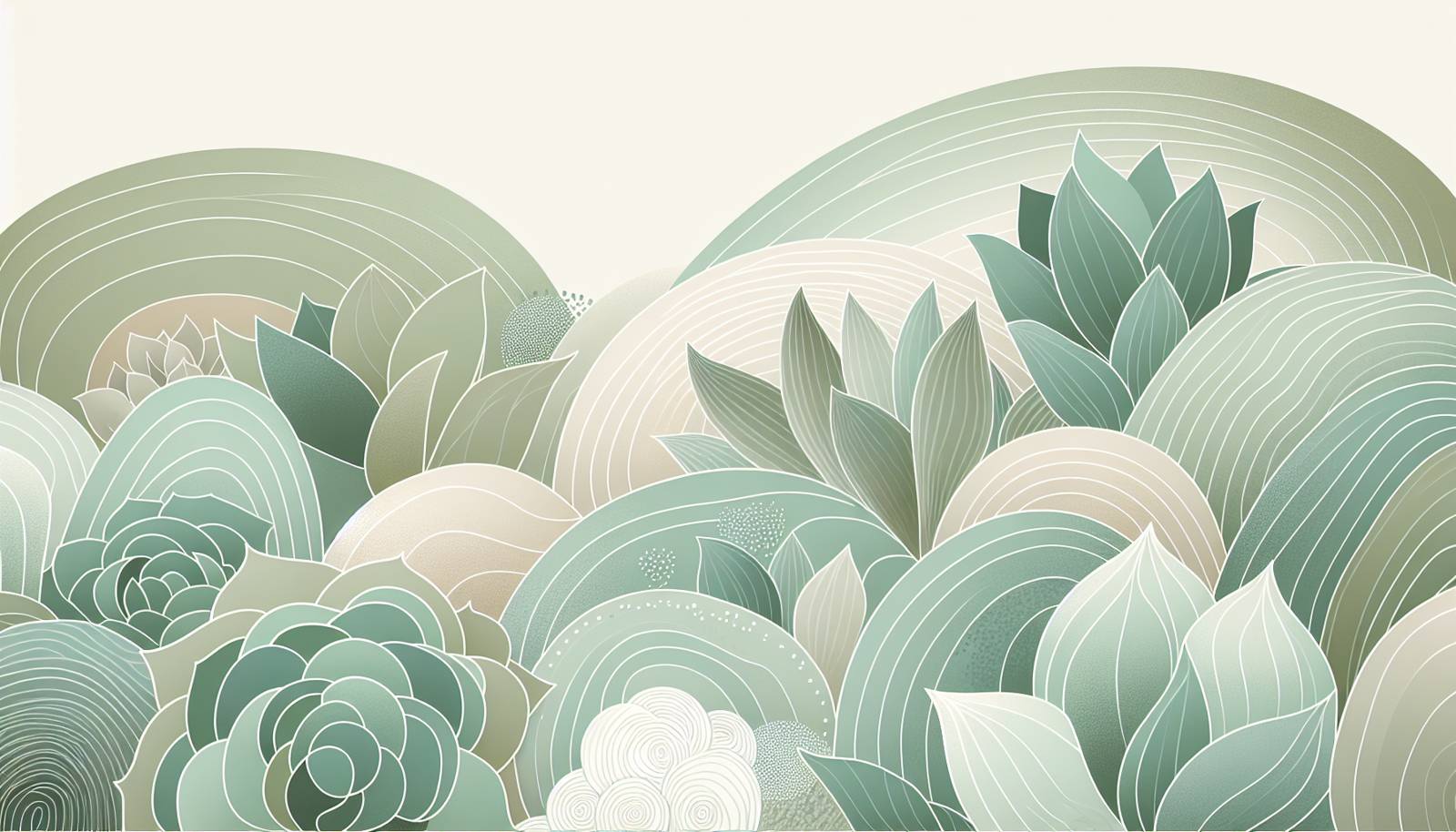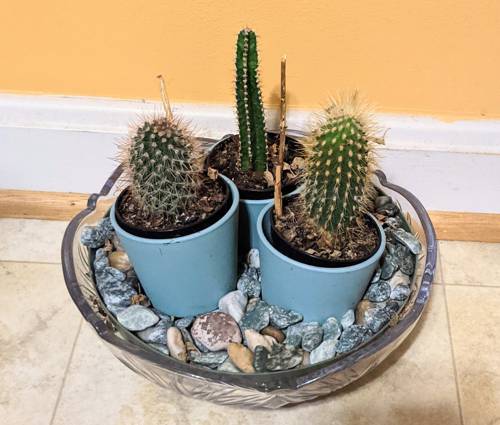
FAQ About Indoor Succulent Plant Care

What are the ideal lighting conditions for indoor succulents?
Succulents thrive in bright, indirect light. Ideally, place them near a south or east-facing window where they can enjoy long hours of sunlight without direct exposure, which can cause leaf burn.

How often should I water my indoor succulents?
Watering frequency depends on the climate and season. Generally, succulents need watering every 1-2 weeks. Let the soil dry out completely between waterings to prevent root rot.

What type of soil is best for indoor succulents?
Succulents prefer well-draining soil. A commercial cactus or succulent mix is ideal. You can also create your own mix by combining potting soil, sand, and perlite or pumice.

How can I prevent my succulents from stretching?
Succulents stretch or become leggy when they don't receive enough light. Ensure they get adequate indirect sunlight to maintain their compact, natural shape.

What is the best way to propagate succulents?
Succulents can be propagated through leaf cuttings, stem cuttings, or offsets. Leaf cuttings should be allowed to dry before placing them on soil, where they will eventually grow roots.

What are common pests that affect indoor succulents?
Common pests include mealybugs, spider mites, and aphids. Regularly inspect your succulents and treat infestations with insecticidal soap or neem oil.

How do I know if my succulent is overwatered?
Signs of overwatering include soft, mushy leaves and a rotting smell from the roots or soil. Always allow the soil to dry completely before watering again.

Can succulents survive in low light conditions?
While succulents prefer bright light, some varieties can tolerate low light. However, they may grow more slowly and require careful watering to avoid overwatering.

What temperature range is suitable for indoor succulents?
Most succulents prefer a temperature range between 60°F to 80°F (15°C to 27°C). They should be protected from frost and extreme heat.

Why are the leaves of my succulent turning brown?
Brown leaves can be caused by sunburn, underwatering, or fungal diseases. Adjust light exposure, water appropriately, and inspect for any signs of disease.

How can I improve humidity conditions for my succulents?
Succulents generally do not need high humidity, but if your indoor space is extremely dry, consider placing a humidifier nearby or a pebble tray with water.

Can I grow succulents in pots without drainage?
It's not recommended to grow succulents in pots without drainage as excess water can lead to root rot. If necessary, place a thick layer of gravel at the bottom and water sparingly.

How do I repot an indoor succulent?
To repot, gently remove the succulent from its current pot, remove excess soil from the roots, and place it in a new pot with fresh, well-draining soil. Water lightly after repotting.

What role does fertilizer play in succulent growth?
Fertilizing succulents can promote growth, especially during the active growing season (spring and summer). Use a balanced, diluted fertilizer monthly, but do not over-fertilize.

Are there any toxic succulents to be aware of for pets?
Yes, some succulents like jade plants (Crassula) and aloe vera can be toxic to pets if ingested. It's best to keep such plants out of reach of pets.

How do I deal with succulents that have been exposed to frost?
If succulents are exposed to frost, move them to a warmer location immediately. Trim damaged growth and water them sparingly until they recover.

What is etiolation in succulents and how do I prevent it?
Etiolation is when succulents stretch and grow taller due to insufficient light. Prevent it by providing ample indirect sunlight and rotating the plant regularly.

Why are my succulent's leaves wrinkling?
Wrinkled leaves often indicate underwatering. Check the soil moisture and water the plant thoroughly, allowing excess water to drain away.

How can I encourage flowering in indoor succulents?
To encourage flowering, ensure your succulent receives enough sunlight, moderate watering, and a bit of fertilizer during its growing season. Some species naturally flower in winter.

What should I do if my succulent's leaves start falling off?
Dropping leaves can result from shock, overwatering, or pests. Identify the cause—adjust watering, check for infestations, and ensure the environment is suitable.
